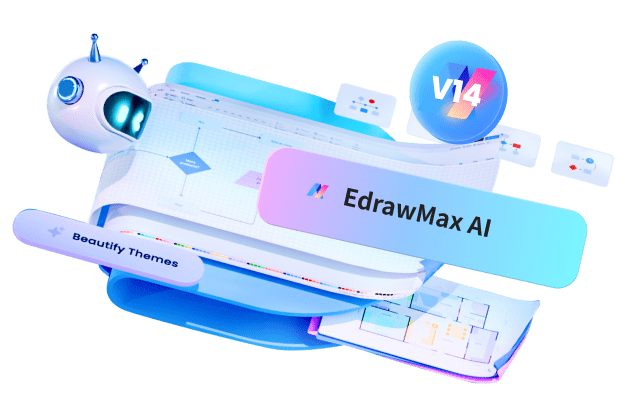Risk mitigation strategies play a vital role in project management by preventing and minimizing setbacks that could negatively impact project outcomes. Through the development and implementation of a comprehensive risk mitigation plan, project teams can ensure that projects stay on track, meet objectives, and satisfy stakeholders.
In this article
Part 1. What is Risk Mitigation in Project Management?
Risk mitigation strategies in project management refer to the deliberate actions taken to minimize or eliminate risks that may hinder the successful completion of a project. It involves a systematic approach to identify potential risks, assess their impact and probability, and develop appropriate strategies to mitigate their negative consequences.
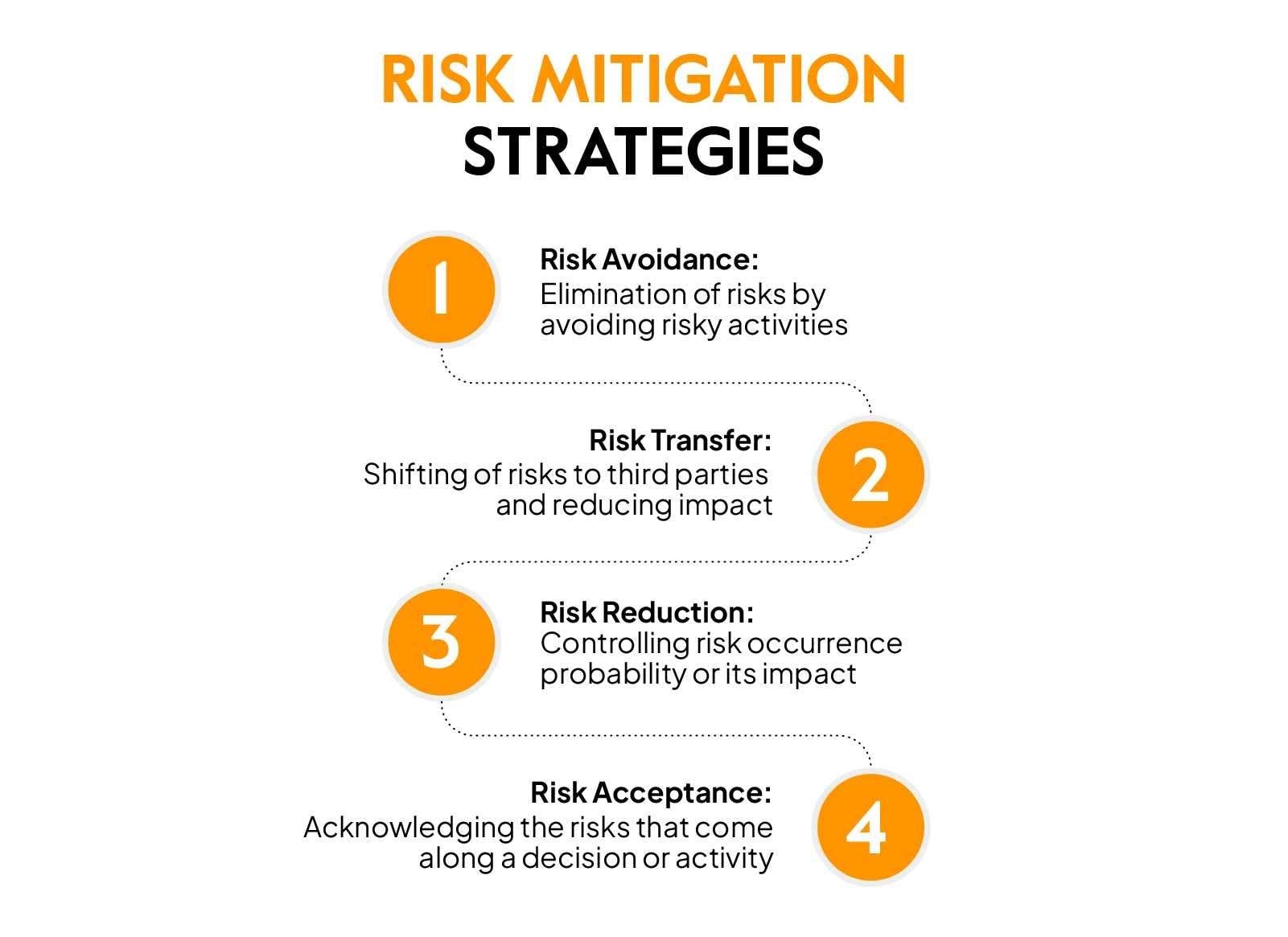
The importance of risk mitigation strategies in project management cannot be overstated. It helps in preventing and minimizing potential setbacks that can damage project outcomes. By identifying risks early on, project teams can allocate resources, adjust plans, or even change objectives in order to mitigate negative impacts. This proactive approach ensures that projects stay on track and within established timelines and budgets.
Part 2. What is the Goal of Risk Mitigation?
The primary goal of risk and mitigation strategies are to minimize the potential impact of identified risks on project objectives. By reducing the likelihood, severity, or occurrence of risks, project teams increase the likelihood of achieving project goals effectively and efficiently.
Risk mitigation aims to strike a balance between addressing the most critical risks and allocating resources appropriately. The ultimate objective is to optimize project outcomes, ensuring project success and stakeholder satisfaction.
Addressing identified risks is crucial. A risk mitigation plan is a comprehensive document that outlines the strategies and actions to be taken to address identified risks.
1. Risk Identification: This involves systematically identifying potential risks and categorizing them based on their nature, source, or impact.
2. Risk Assessment: Once risks are identified, a detailed assessment is conducted to determine their probability of occurrence and potential impact on the project objectives.
3. Risk Response Strategies: These strategies may include accepting, avoiding, controlling, transferring, or monitoring the risk, depending on its nature and impact.
4. Action Plans: Risk mitigation plans specify the actions and activities required to implement the chosen response strategies.
5. Monitoring and Review:Regular monitoring and review of the risk mitigation plan are essential to ensure its efficacy.
Part 3. Tested Risk Mitigation Strategies in Project Management
Implementing risk mitigation strategies that are tested time and again is beneficial for organizations. There are several types of risk mitigation strategies that have a proven track record.
1. Accept Risk: In certain situations, it may be more practical to accept and manage risks rather than attempting to mitigate them entirely. This strategy involves a conscious decision to allocate resources for contingency plans or create a risk management framework that minimizes the potential impact of identified risks.
2. Avoid Risk: Avoiding risks entails taking preventive measures to eliminate or bypass potential threats altogether. This may involve changing project scopes, altering schedules, or modifying project requirements to steer clear of risks that are deemed too evere or unmanageable.
3. Control Risk: Risk control involves implementing measures to reduce the probability and impact of identified risks. This can be done through effective planning, quality control processes, ensuring compliance with standards and regulations, or implementing safeguards to minimize risks.
4. Transfer Risk: Transferring risk involves shifting the responsibility for managing risks to another party. This usually occurs through contractual agreements or insurance policies, where the party accepting the risk compensates for potential losses.
5. Monitor Risk: Continuous monitoring and evaluation of identified risks is crucial to promptly respond to emerging threats or changing circumstances.
Part 4. How to Make a Risk Mitigation Strategy Flowchart?
Wondershare EdrawMax is an excellent tool for creating a risk mitigation strategies flowchart in project management. It allows users to customize colors, shapes, and sizes to make a professional-looking flowchart that can be used to communicate effectively with stakeholders. The steps to create a risk mitigation strategy flowchart in project management using the tool:
Step 1: Logging into EdrawMax is the first step towards making a flowchart. You must log into your account before you can start making your flowchart.
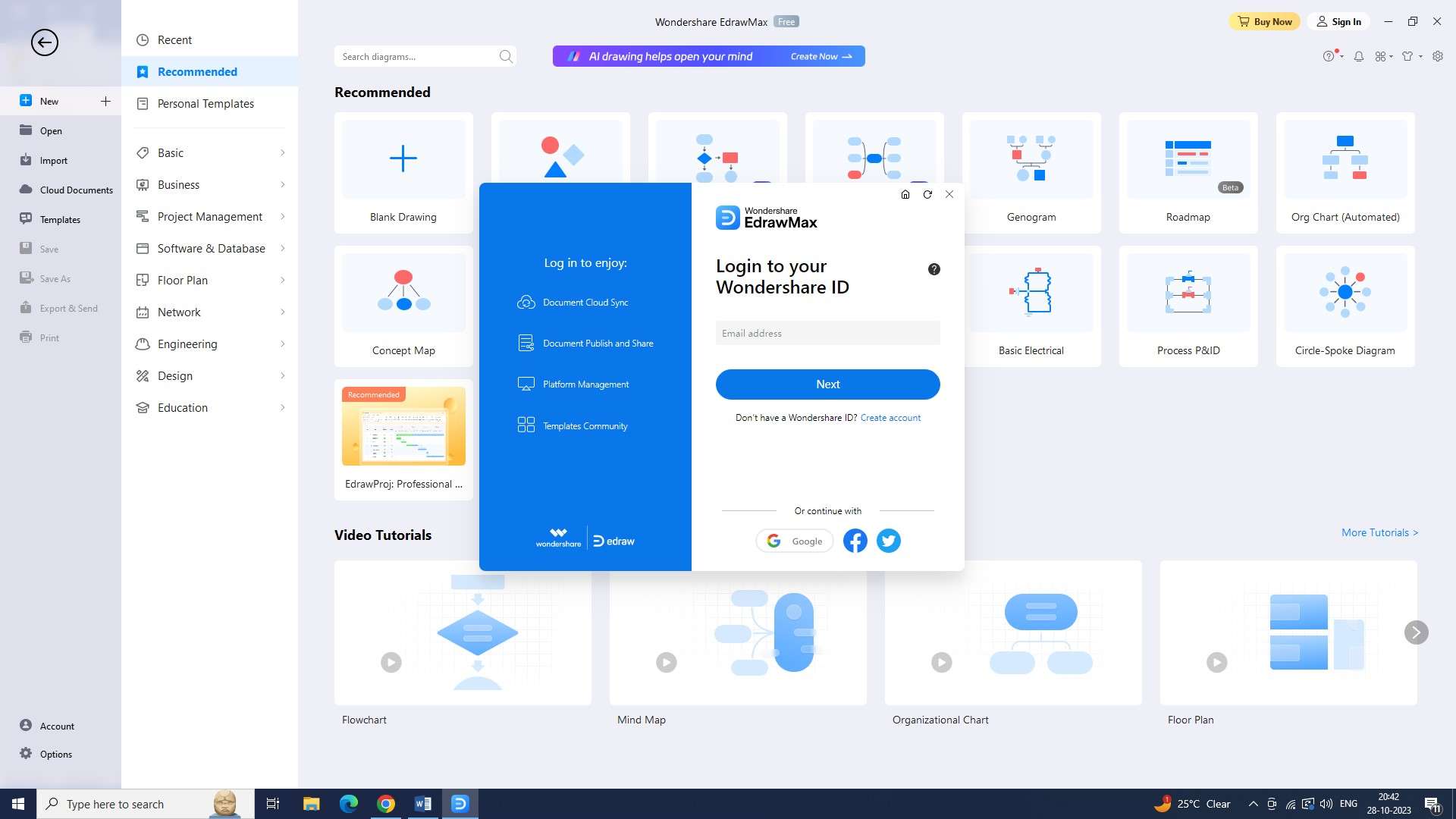
Step 2: The next step is to open a new EdrawMax document. You will be required to click on the “+” sign on the right side of the” New" button after you have logged into your account.
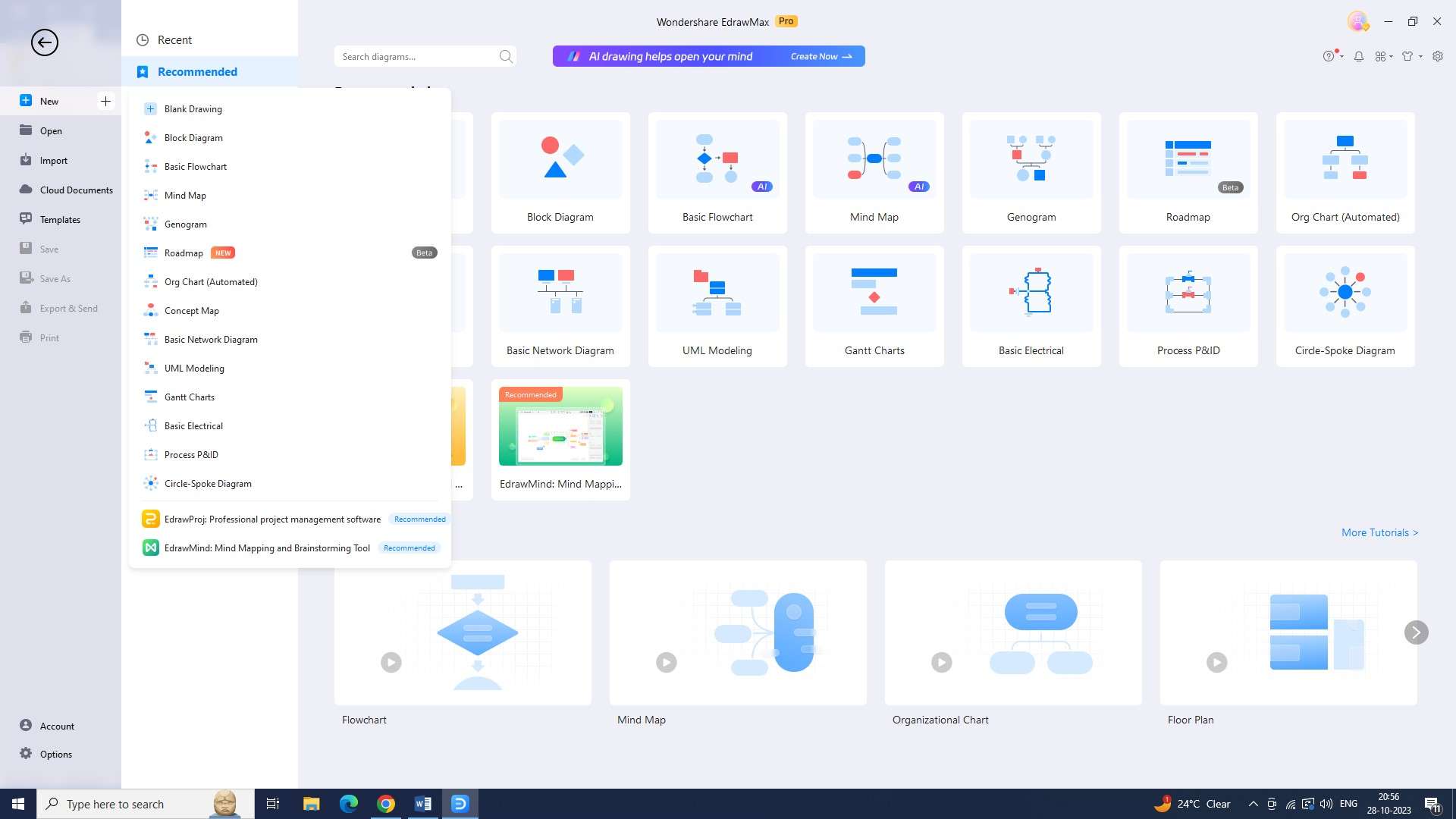
Step 3: Now proceed to the "Templates" section. Then, search for a risk mitigation strategy flowchart template.
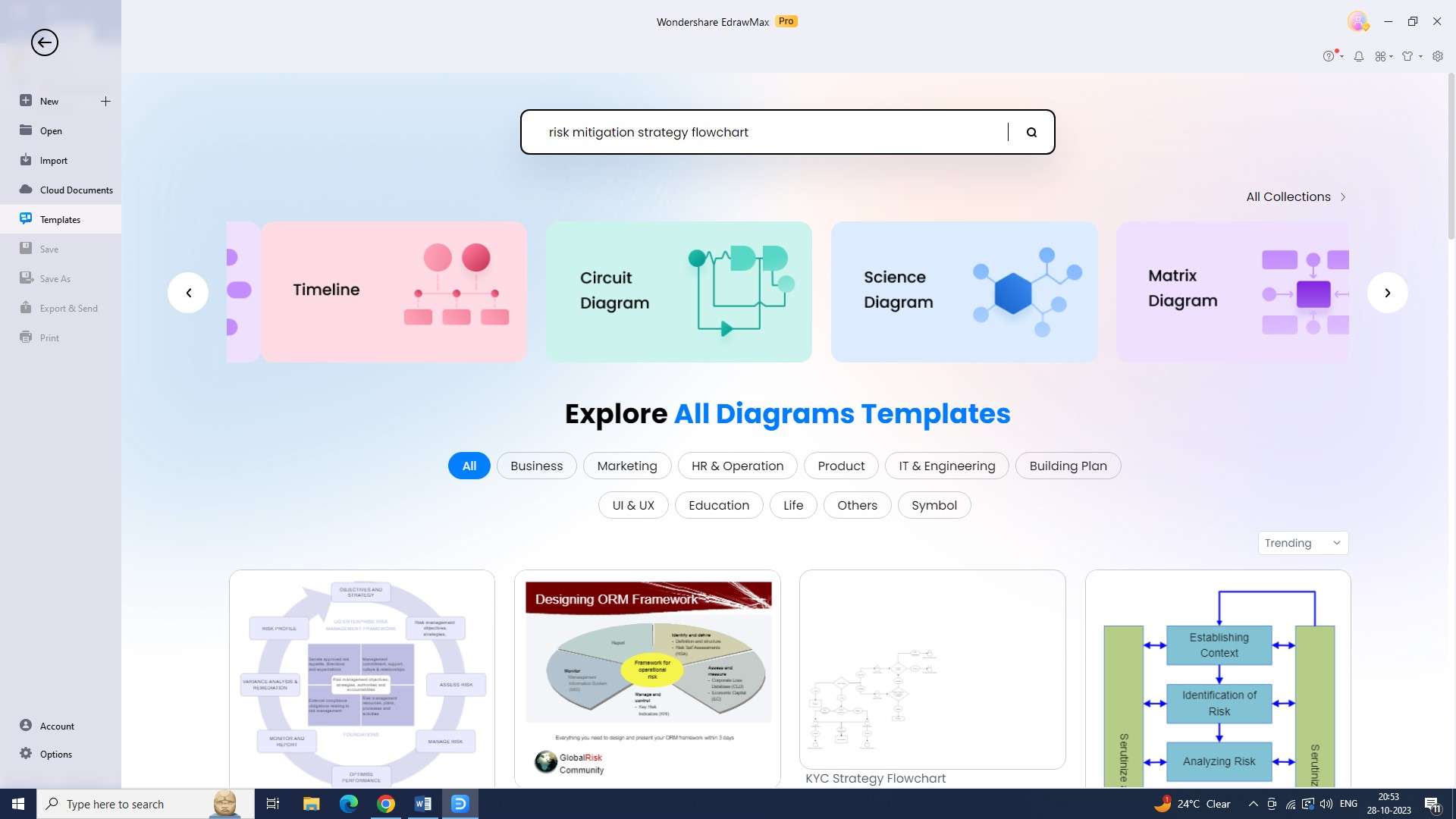
Step 4: Now, you should personalize your flowchart. To fit your requirements, modify the colors and other visual components.
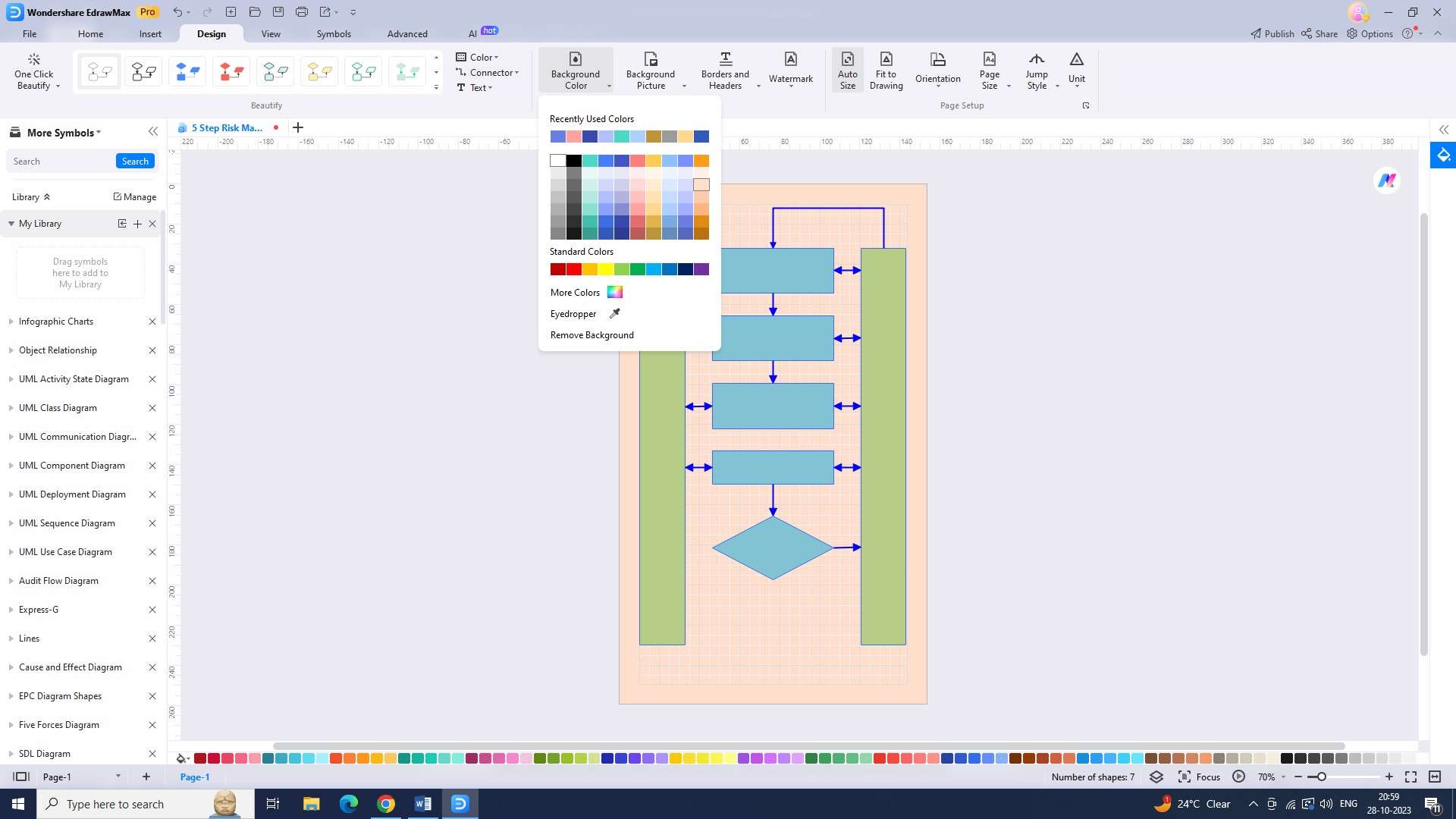
Step 5: In this step, the risk mitigation strategy flowchart's details are included. Enter all the crucial details you need to add to your flowchart.
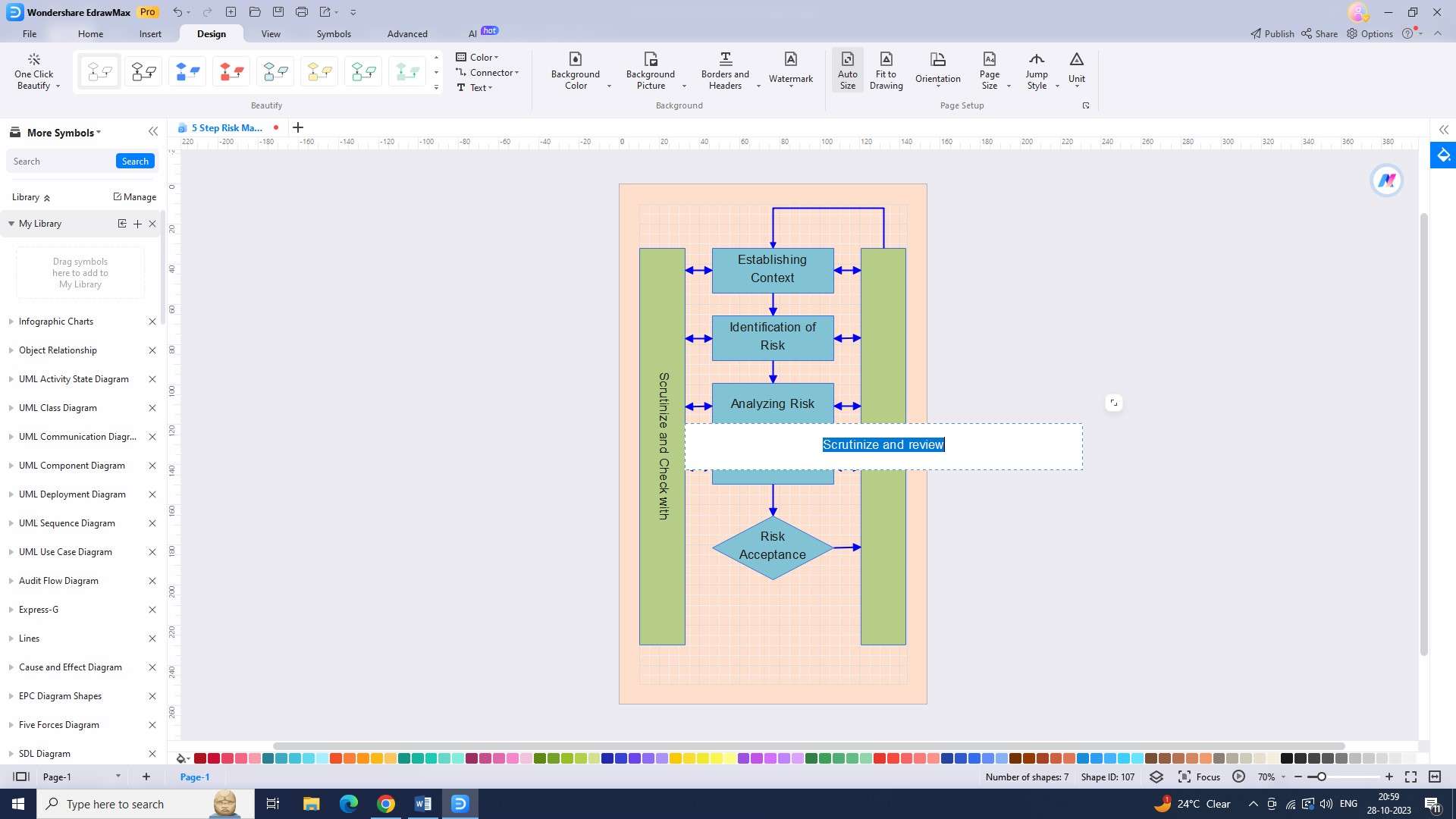
Step 6: Your flowchart is now ready for saving. To save your flowchart, select "File" and then "Save."
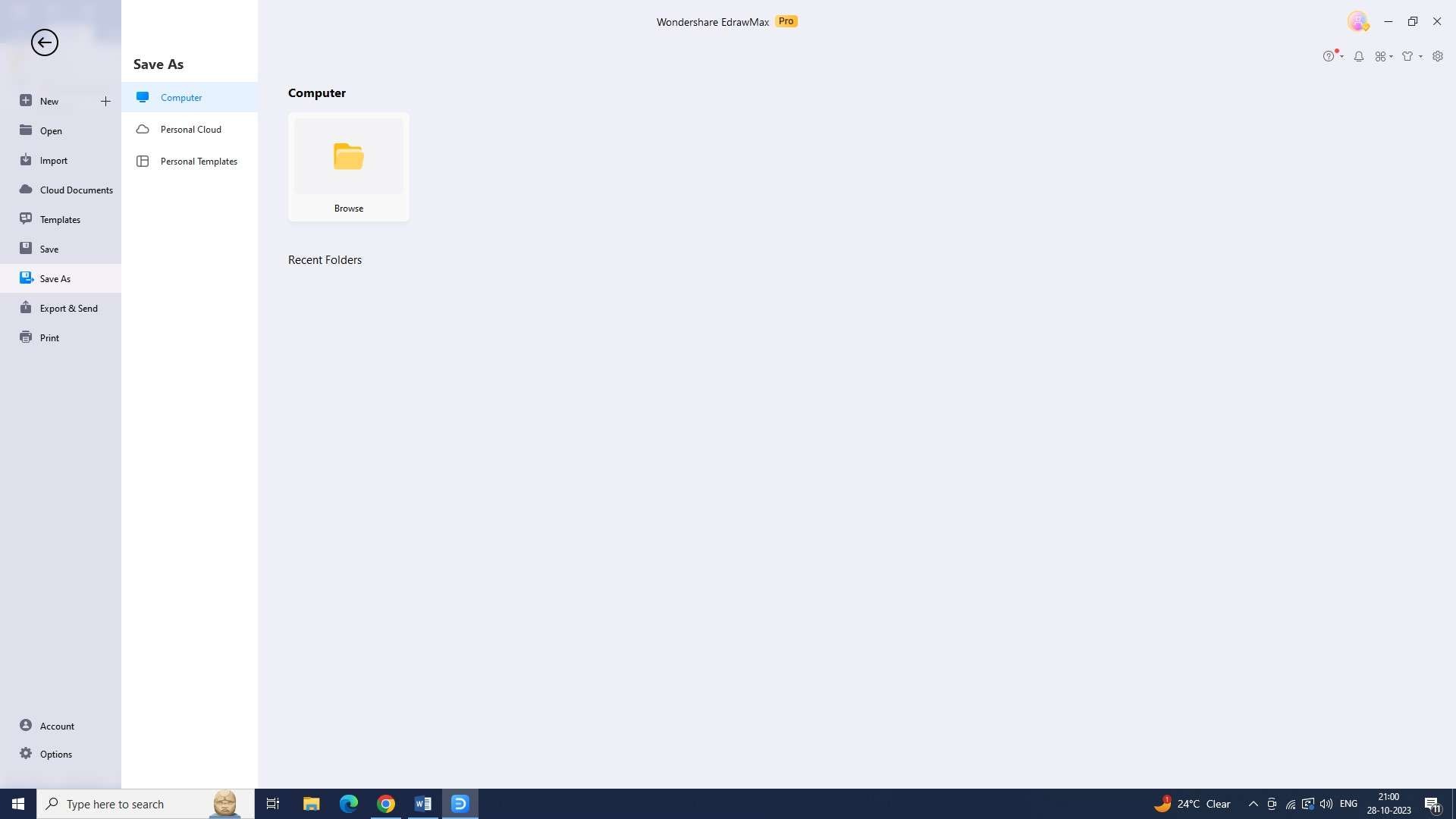
Step 7: Exporting the flowchart is the final step. Your flowchart can be exported using a variety of exporting options.
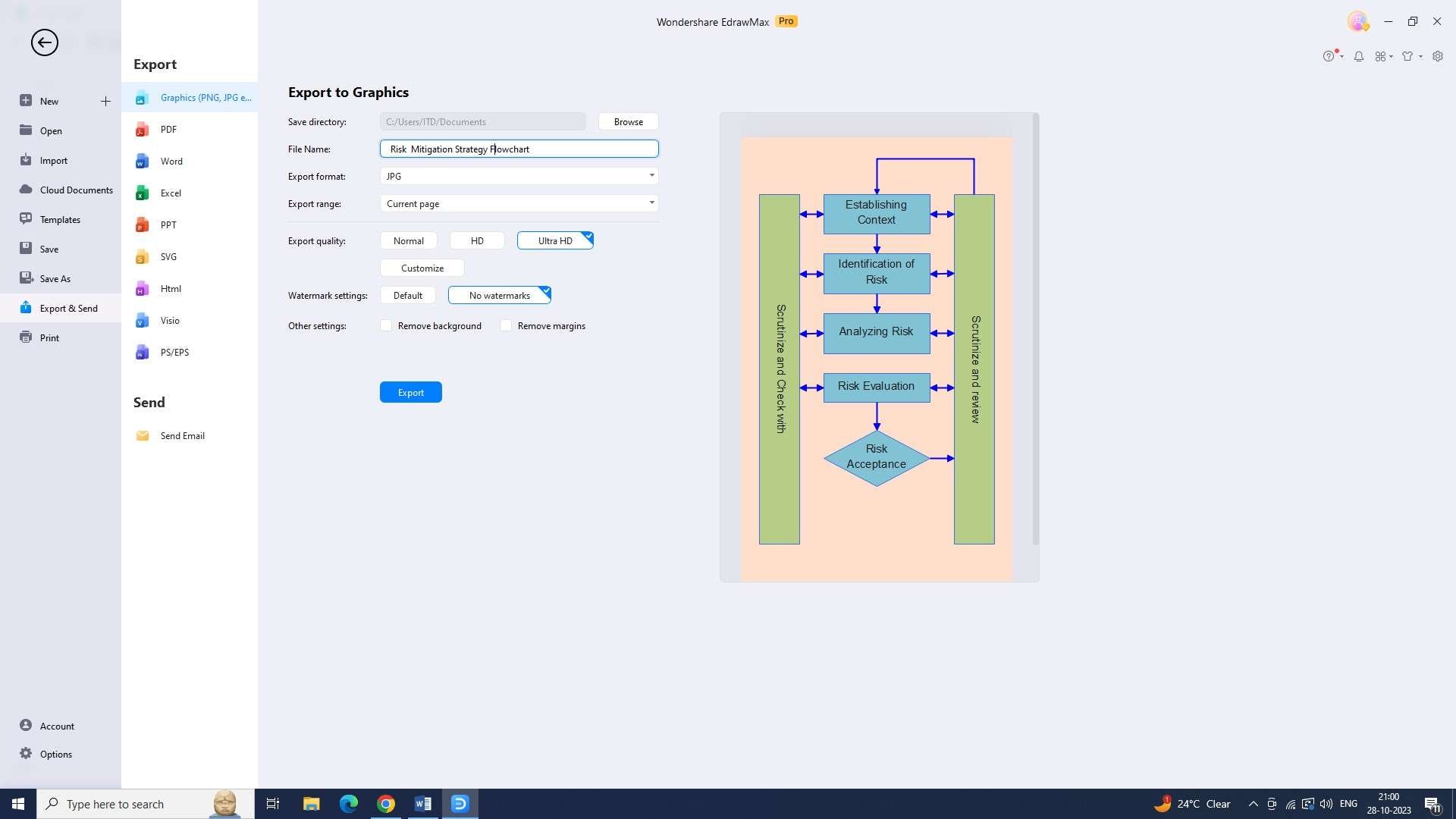
Conclusion
Risk and mitigation strategies in project management is a crucial process that aims to minimize or eliminate potential risks that could hinder the successful completion of a project. By identifying and addressing risks proactively, project teams can enhance decision-making and increase the chances of project success.

